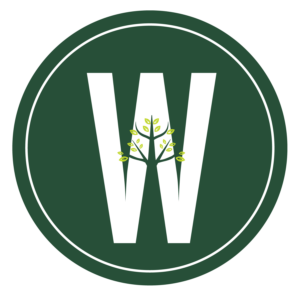The Woodlawn Difference: Part Two
I frequently am asked how Woodlawn differs from other schools, and feel compelled to share how the “Woodlawn program” has been carefully designed to provide a powerful alternative to other educational opportunities — public and private — in the Lake Norman area.
At any school, decisions are made regarding what is taught. In the public setting, the curriculum is established at the state level and then provided to individual schools. It is simply the nature of the beast that the curriculum often is influenced by the objectives of state lawmakers, by the pressures of testing, and by subtle biases imparted by the textbook companies. In charter schools there is a bit more freedom of decision-making, as long as the terms of the charter are met.
As a private, independent, Kindergarten through 12th grade school, Woodlawn designs and implements its own approaches to education and curriculum.
Woodlawn has chosen to develop a curriculum in grades K-8 that is project based and integrated. Simply put: as often as possible, learning is created in a collaborative, hands-on fashion, and the various strands of content are integrated across areas; for example, art and social studies. In this manner, the focus is on engagement of the mind and not simple retention of facts and figures.
The curriculum in grades 9-12 looks more traditional since it is necessary for students to build a transcript that college admission folks will understand and accept. Spanish, mathematics, and sciences, therefore, are determined by a sequence of presentation and understanding. English and Social Studies, however, are blended to provide integration similar to the K-8 programs.
The primary goal of project-based learning in the Upper School is to provide students with avenues for deeper learning, independence, critical thinking, collaboration, and creative contribution, while at the same time offering opportunities for students to see how the content of their academic courses intersects with the real world. In Woodlawn’s Upper School, project-based learning occurs within the interdisciplinary Humanities program and during Intermezzo. Both programs allow students the time and space to work collaboratively and creatively to solve problems, create original products, and experience learning outside of the traditional classroom center.
Projects typically center around a common theme and set of challenges, culminating in student presentations and implementation of ideas.
This outlet, beyond the usual rigors of academics, brings out the most powerful creative abilities in our young people. In fact, my next blog will focus on Woodlawn as a creative incubator — also a powerful Woodlawn difference from other schools.




